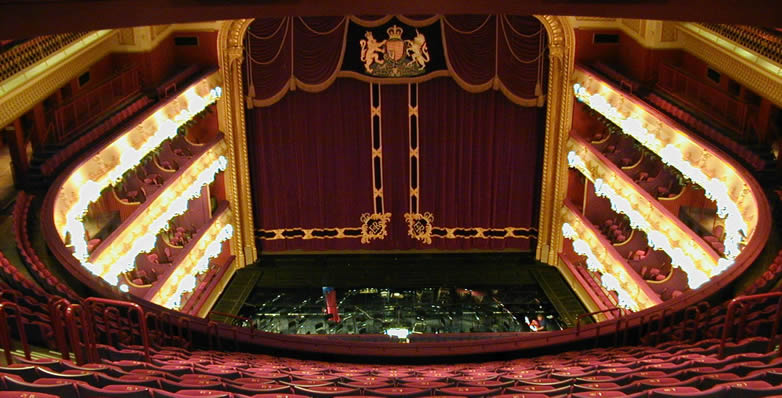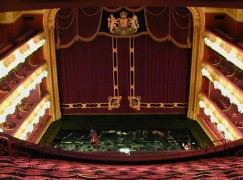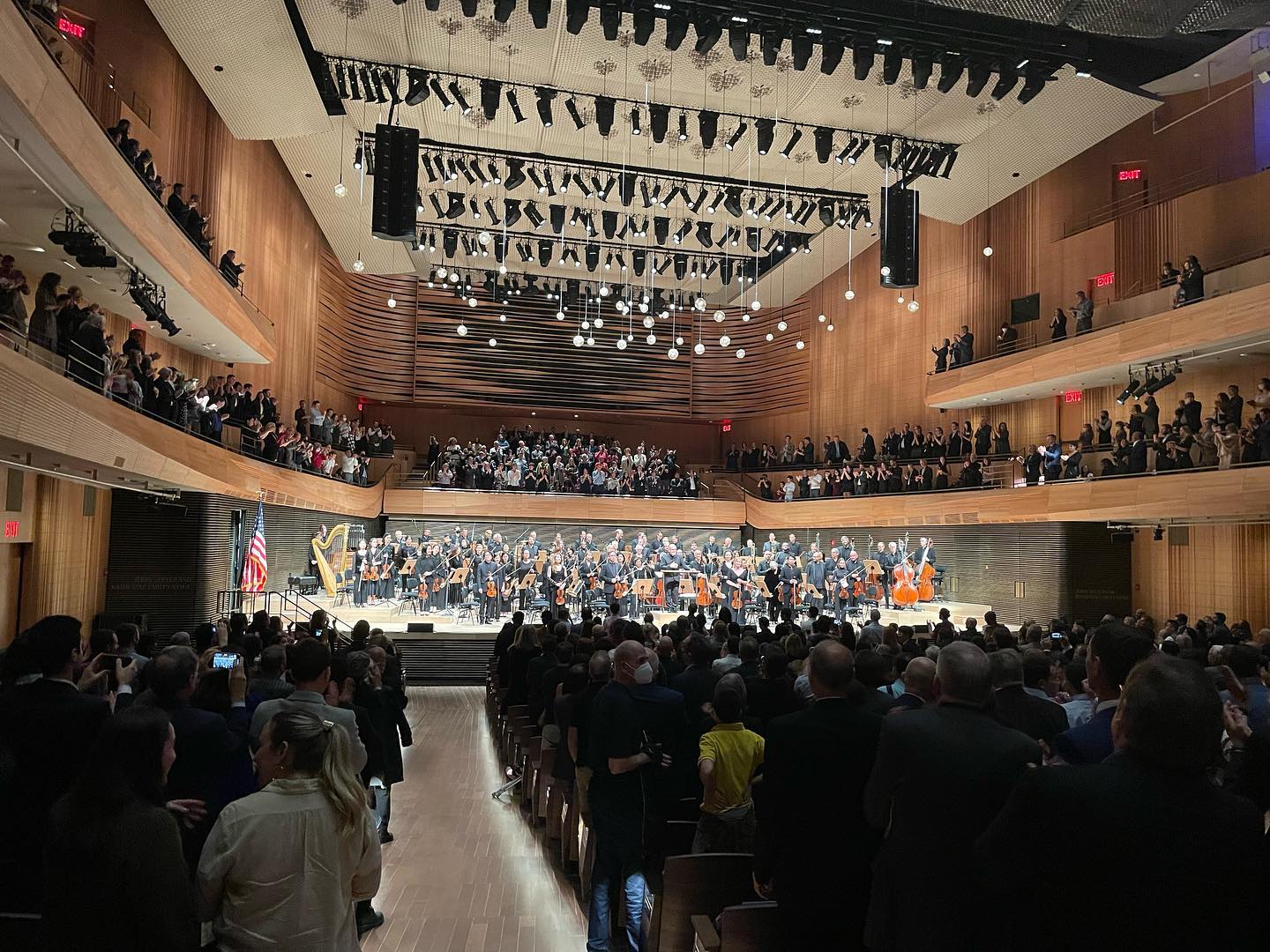Covent Garden receives *only* £34 per seat subsidy
mainThe Times has published an eyebrows-raising piece on how much tax money each seat receives at the opera.
At Birmingham Opera it’s £173, Opera North £108, ENO £97, Welsh £60.
At the Royal Opera it’s only £34, despite the ROH receiving by far the largest subsidy – £24.8 million, twice that of ENO.
Work that one out.







What is there to work out. ROH is the most prestigious of the lot. Therefor it attracts the most exclusive patronage. A reality despite all the tosh about making art accessible to all. For other institutions to survive they will need to become as ‘exclusive’, not more ‘inclusive’. For years everyone has wasted their time rambling on about access and diversity. In the mean time everyone has completely forgotten about the wealthy patrons of tomorrow, of which there will be even more of and who will have even deeper pockets. There is no art for arts sake: There is only supply and demand and the powerful interests of the few in charge. Everyone knows this, but it is much easier to deal with the things that seem attainable to us and to give answers that are comforting. We live in a delusion. All the best from Davos!
I have to agree with Jk. Many arts organisations, particularly in the regions, bend over backwards to attract ‘new’ audiences whilst ignoring the tastes and expectations of their existing supporters, and struggle to maintain patronage in the long run.
I’m all for inclusivity and making classical music accessible for all. I’m all for innovation and breaking new ground. But can’t it be appealing as well?
True but in the US the high tech billionaires have low brow cultural tastes. So, that isn’t a great trend.
“Work that one out.”
Well, it’s not difficult to work out. It’s subsidy divided by number of tickets sold.
According to the data in the Times article, the ROH sold 718,534 tickets in 2017/18, whereas the ENO sold 127,641.
So the ROH receives double the subsidy but divides it by 5.6 times the number of tickets.
One point to bear in mind is that the ROH figures include ballet, whereas the ENO is separate from the National Ballet.
Basically, the regional opera companies just don’t put on enough performances.
However, don’t Opera North also perform symphony concerts in Leeds?
Just demonstrates that simplistic, tabloid rants about how much the ROH receives per year shed very little light on the matter.
718,534 tickets sold compared with 1,899 at Birmingham.
It is apples and pears isn’t it?
Birmingham Opera is a creative outfit that does things differently. The performances are in warehouses, train stations, ballrooms or public parks.
Volunteers are trained and participate, whilst the audience move around the action. Surely it must rely on support to succeed.
It’s not remotely a like-for-like comparison – Birmingham Opera Company stages one production per year, which is focussed on working with and training a huge number of unpaid community performers, as well as transforming a new site-specific venue for each production. Selling tickets is not the objective, and arguably the performers are beneficiaries every bit as much as the “audience”, though these figures will not count them as such. (Even the language is wrong – there are no “seats” at BOC productions).
It’s a textbook example of grassroots community-based creative work, with an international reputation, and any suggestion that it’s typical of what’s perceived to be an “elite” art form would be so wide of the mark as to be risible. As for Covent Garden – well, “prestigious Central London venue attracts wealthy audiences and supporters” is hardly news, is it? The number of adverts for luxury brands and financial services in the average ROH programme book tells you all you need to know.
I didn’t say it was a like-for-like comparison. If anything, the huge difference I simply pointed out suggests otherwise.
So far as Covent Garden is concerned, I doubt if people paying £11 or even more bother to buy a programme.
It is worth pointing out that with prices going over £200 at ROH for opera, that brings at least £40 back to the Government in VAT. I
Good point. The VAT is often ignored but I’m going to be an annoying pedant and point out that the £200 is vat inclusive, so the VAT element is £33.
TO be an even more annoying pedant, I did say “over” and if you check, top price opera tickets are nearing £300 for star casts. If the bulk of tickets are ca £200 and the VAT is £33 but subsidy is £34, its real value is £1 per ticket….is the Arts Council grant only benefiting accountants ?
As LewesBird has pointed out, the admissions don’t attract VAT, so it’s a moot point anyway.
Apparently VAT exemption was extended in 1996.
Nope.
https://www.gov.uk/guidance/admission-charges-to-cultural-events-and-vat-notice-70147
Point taken David but the actual figure in your example for VAT should be £33.33.
166.67 + 20% Vat = 200.00
I’d be interested to see the figure for Garsington Opera, and to know if the researchers factored in that their orchestra, the Philharmonia, are also state funded.
Opera isn’t cheap, and it’s not performed before a large audience. So not surprising you need non-ticket revenue to make it work. What’s the donor-provided subsidy per seat at the MET? Much bigger house, but still considerable, I would imagine.
And the ROH is still probably more accessible (and affordable) than Hamilton.
“Opera isn’t cheap, and it’s not performed before a large audience.”
That’s the heart of the funding problem, isn’t it? I’ve heard one or two amplified performances and, IMO, they didn’t work. I was given tickets for an arena performance of Tosca at the RAH several years ago but we left after the first act. It sounded as if someone had suspended a cheap stereo system from the ceiling.